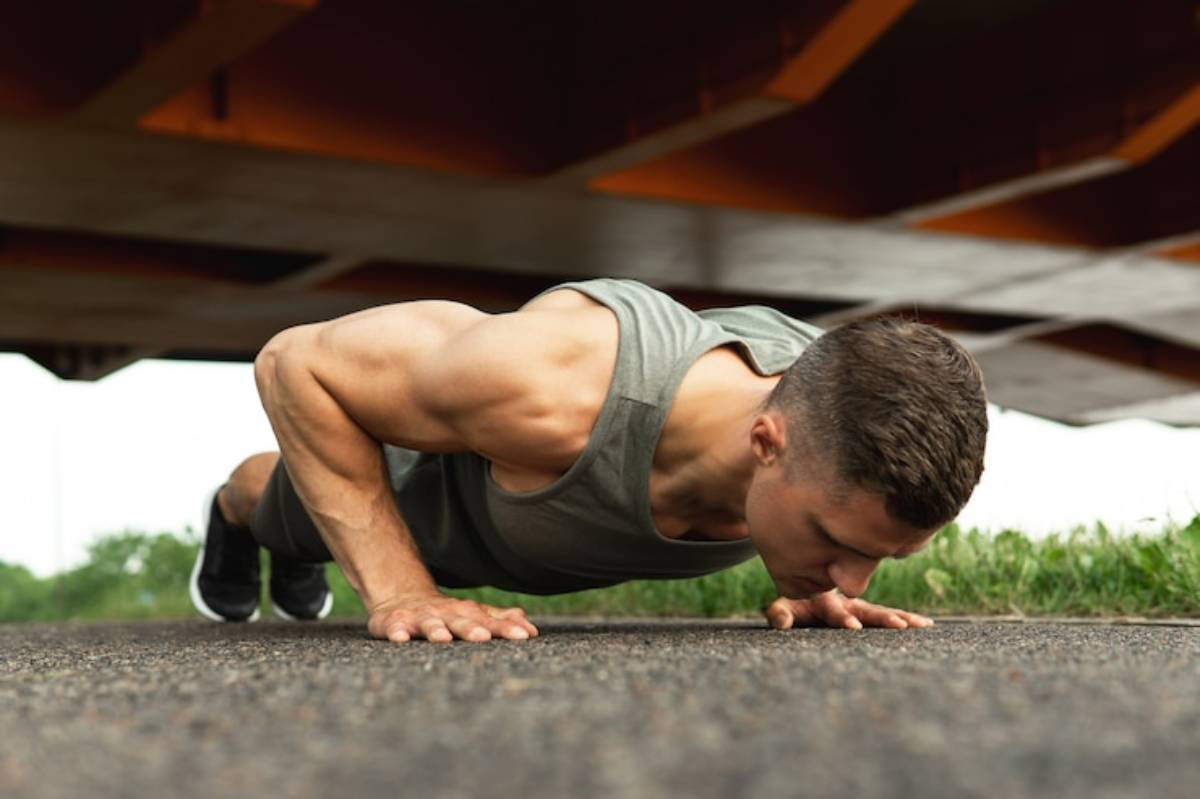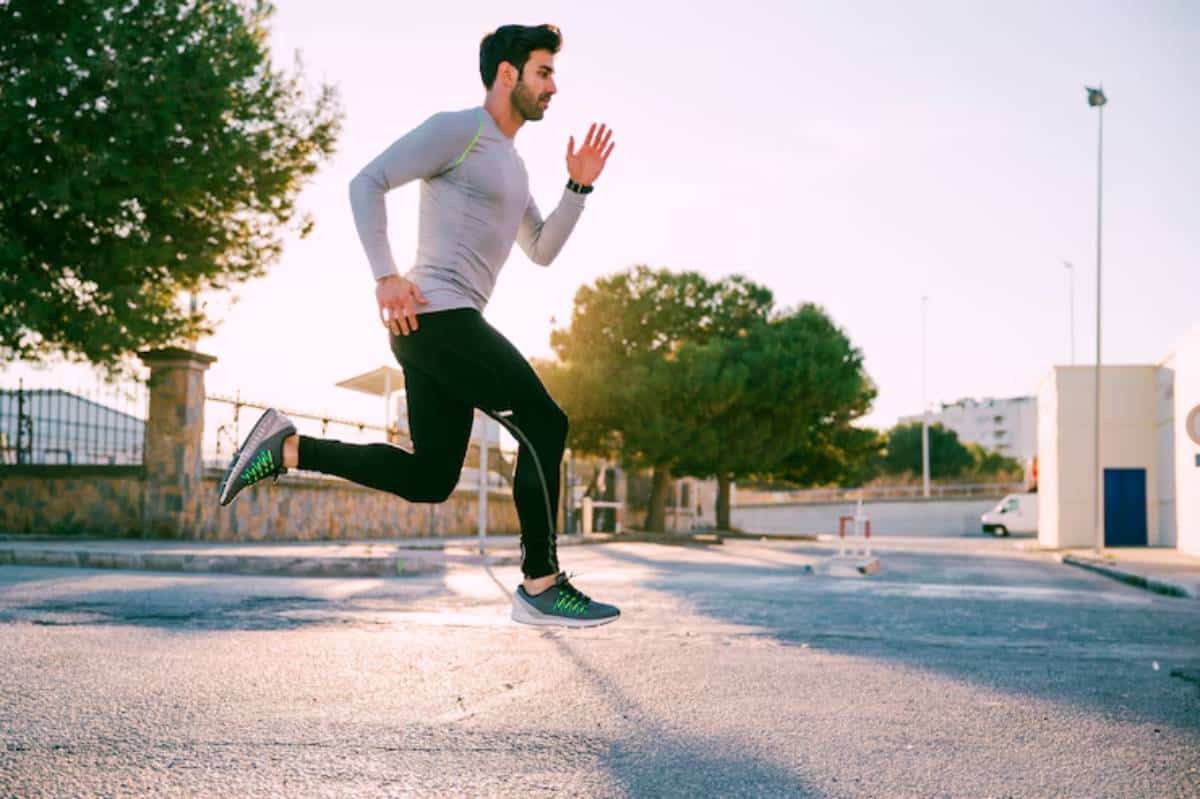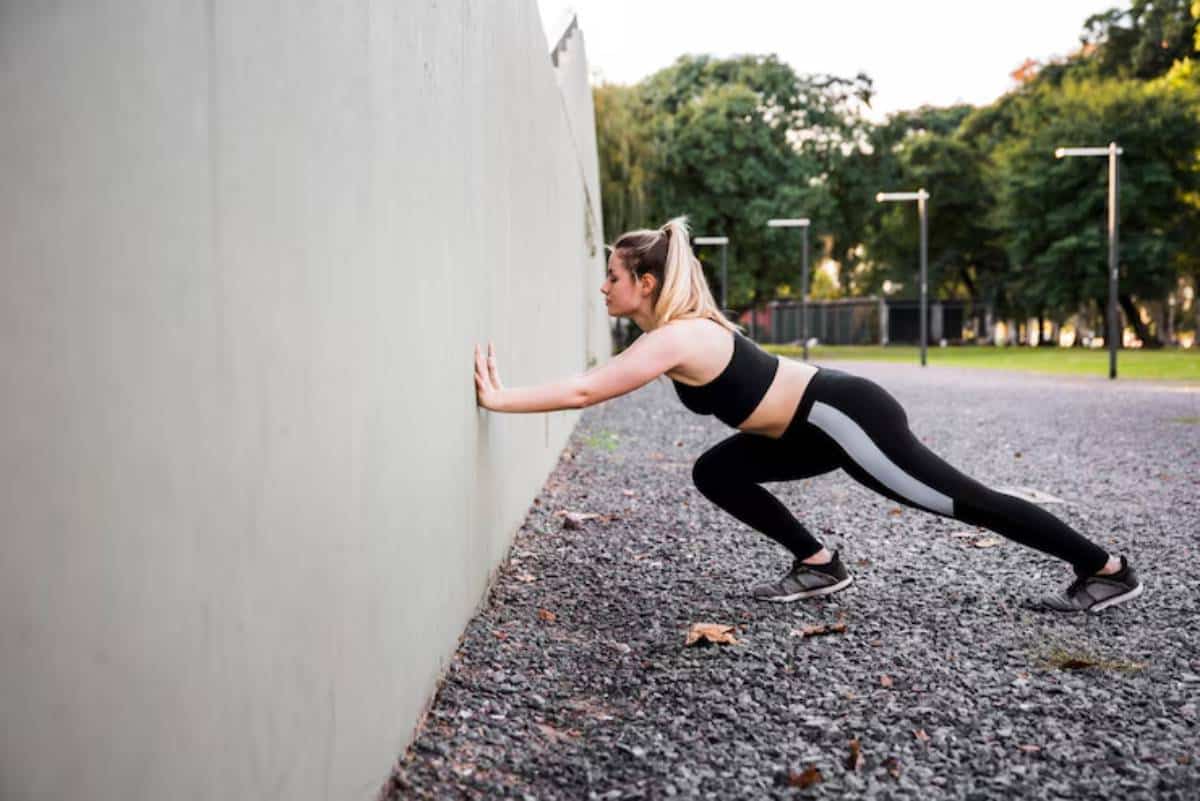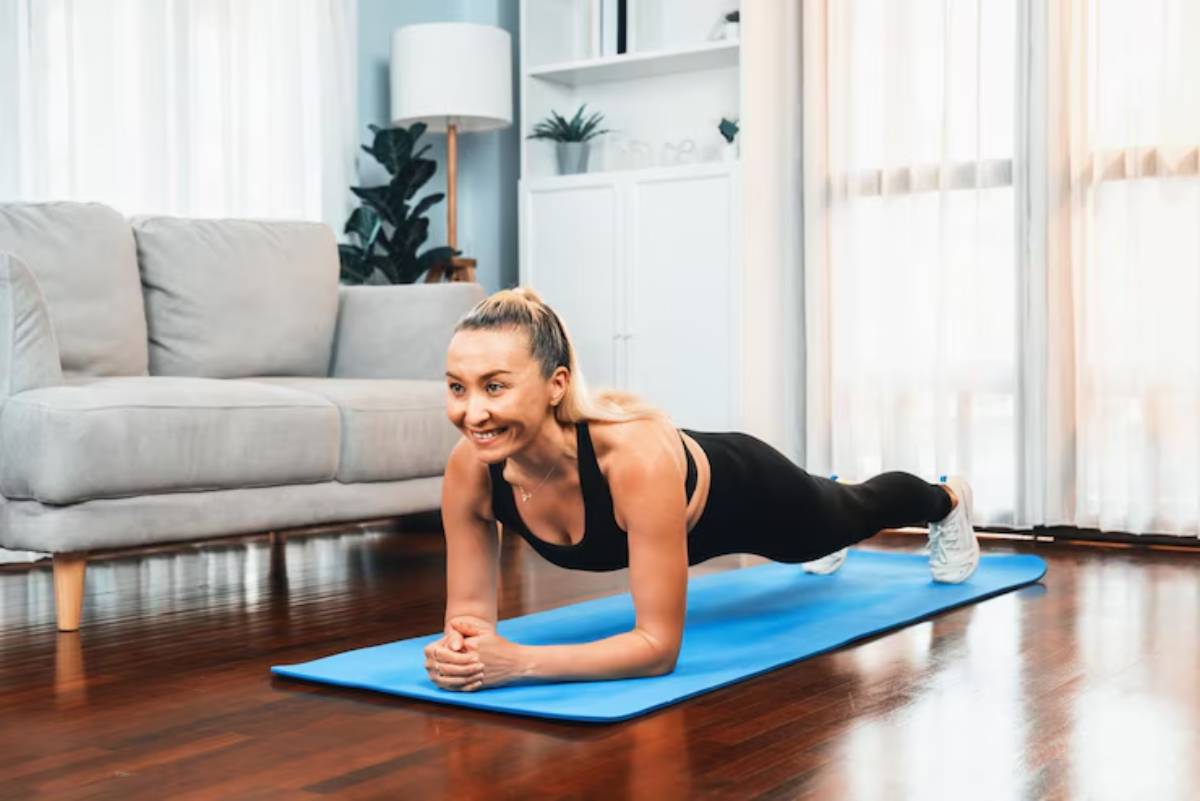
Unlock Full-Body Power With Static Holds
Picture this: you’re holding a plank, muscles trembling, beads of sweat forming, but you’re not moving an inch. That’s strength without motion. And it’s more powerful than you might think.
Welcome to the world of static bodyweight holds and isometric exercises. These simple moves require you to hold your body still. You create tension, but the muscle doesn’t change length. But here’s the kicker — they can unlock full-body power like few other training methods.
If you’ve reached a plateau in your workouts or find stability hard, static holds could be what you need. This guide explores isometric strength. It shows you why it matters and how to use it. Unlock your muscles’ hidden power!
What Are Static Holds and Isometric Exercises?
Let’s start with the basics. Isometric exercises involve muscle contractions without movement. You hold a position instead of lifting or lowering. Keep the muscle engaged the whole time.
Think of these examples:
- Plank holds for core stability.
- Wall sits for leg strength.
- Static lunges for hip and thigh endurance.
In these moves, your muscles work hard, but you stay still. That’s strength without motion.
Why Include Static Bodyweight Holds in Your Routine?
You might be wondering, “Why would I train without moving?” Well, isometric exercises offer unique benefits that complement dynamic movements.
Key Benefits of Static Holds:

- Improved muscle endurance: Holding a position builds stamina in a way that reps can’t.
- Increased joint stability: Static holds strengthen the tendons and ligaments supporting your joints.
- Better mind-muscle connection: Holding still under tension helps you focus and engage the right muscles.
- Convenience: No equipment? No problem. Static bodyweight holds can be done anywhere.
This training is easier on your joints. It’s a great choice for preventing injuries or helping with rehab.
The Science Behind Strength Without Motion
The concept might seem simple, but isometric training is grounded in solid science. When you hold a position, your muscles contract. This keeps tension and uses both slow-twitch and fast-twitch muscle fibres.
How It Works:
- Tension builds strength: Even without moving, an isometric hold activates muscle fibres deeply.
- Boosts neural efficiency: The nervous system recruits more muscle fibres, increasing overall strength.
- Transfers to dynamic movements: Holding positions at certain joint angles can boost strength for squats or presses.
A study published in the Journal of Sports Science and Medicine showed that isometric training can greatly improve strength at specific joint angles. Combined with other training methods, it may also enhance dynamic performance.
Foundational Static Bodyweight Holds for Full-Body Strength
Now that you see how isometric exercise can change the game, let’s look at some top static holds for your routine.
1. Plank Hold
- Targets: Core, shoulders, glutes.
- Why it works: Strengthens the entire core, supporting posture and spinal health.
How to do it:
- Start on forearms and toes, forming a straight line from head to heels.
- Engage your core, squeeze your glutes, and hold.
- Keep your neck neutral and hips level.
Hold time: 30–60 seconds.
2. Wall Sit
- Targets: Quads, glutes, hamstrings.
- Why it works: Builds endurance in the lower body and improves knee stability.
How to do it:
- Lean against a wall, slide down until your thighs are parallel to the floor.
- Keep your knees directly above your ankles.
- Hold, pressing your back into the wall.
Hold time: 30–60 seconds.
3. Static Lunge Hold
- Targets: Quads, glutes, hamstrings, hip flexors.
- Why it works: Improves balance, strengthens the legs, and opens up the hips.
How to do it:
- Step one foot forward into a lunge position.
- Lower until your back knee hovers just above the floor.
- Keep your torso upright and hold.
Hold time: 30–45 seconds per leg.
4. Dead Hang
- Targets: Grip strength, shoulders, lats.
- Why it works: Enhances shoulder mobility, decompresses the spine, and builds upper body endurance.
How to do it:
- Hang from a pull-up bar with arms extended.
- Keep your shoulders active (slightly engaged rather than slumped).
- Hold and breathe.
Hold time: 20–60 seconds.
5. Glute Bridge Hold
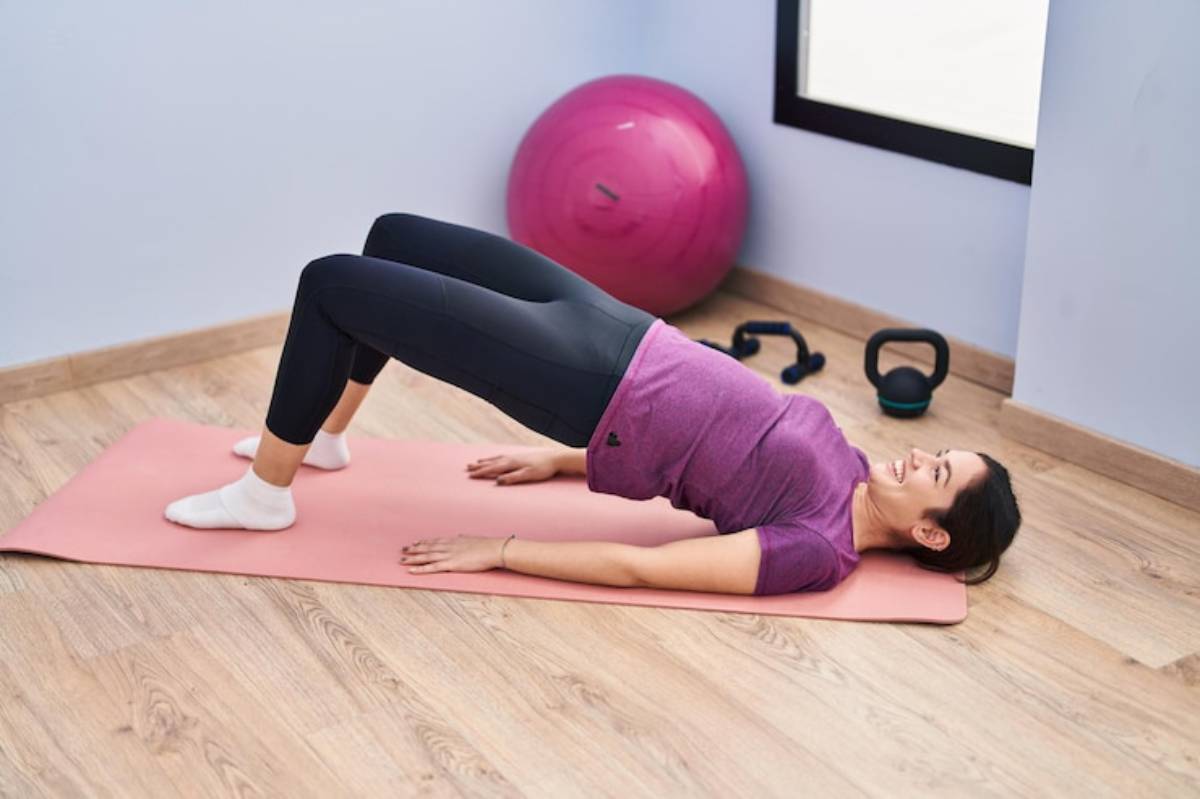
- Targets: Glutes, hamstrings, lower back.
- Why it works: Strengthens the posterior chain and supports hip stability.
How to do it:
- Lie on your back, knees bent, feet flat.
- Lift your hips, forming a straight line from shoulders to knees.
- Squeeze your glutes and hold.
Hold time: 30–45 seconds.
Placing Static Holds in Your Workout Routine
Are you not sure how to add static bodyweight holds to your training? Here’s a sample full-body isometric workout to get you started:
| Exercise | Hold Time | Sets |
| Plank Hold | 45 seconds | 3 |
| Wall Sit | 45 seconds | 3 |
| Static Lunge Hold | 30 seconds/leg | 3 |
| Dead Hang | 30–45 seconds | 3 |
| Glute Bridge Hold | 45 seconds | 3 |
Rest: 30–60 seconds between exercises.
Frequency: Do this 2–3 times a week. You can do it as a separate session or mix it into your dynamic workouts.
Try adding static holds at the end of dynamic sets. For example, after lunges, hold the bottom position for 20–30 seconds to finish strong.
Progressing Your Static Holds
Like any other form of exercise, progression is key. Here’s how to keep challenging yourself:
- Increase hold time: Gradually add 5–10 seconds each week.
- Change joint angles: For example, hold a plank with your feet elevated.
- Add instability: Try static holds on an unstable surface (e.g., a cushion or balance pad).
- Combine with dynamic movement: Do partial reps and hold at various points in the motion range.
Common Mistakes in Static Hold Training
- Poor alignment: Whether it’s sagging hips in a plank or knees tracking over toes in a wall sit, proper form matters.
- Hold your breath: Don’t forget to breathe. Slow, steady breaths keep you calm and in control.
- Neglecting rest: Isometric exercises are taxing. Allow your body time to recover between sessions.
Conclusion: Embrace Strength Without Motion
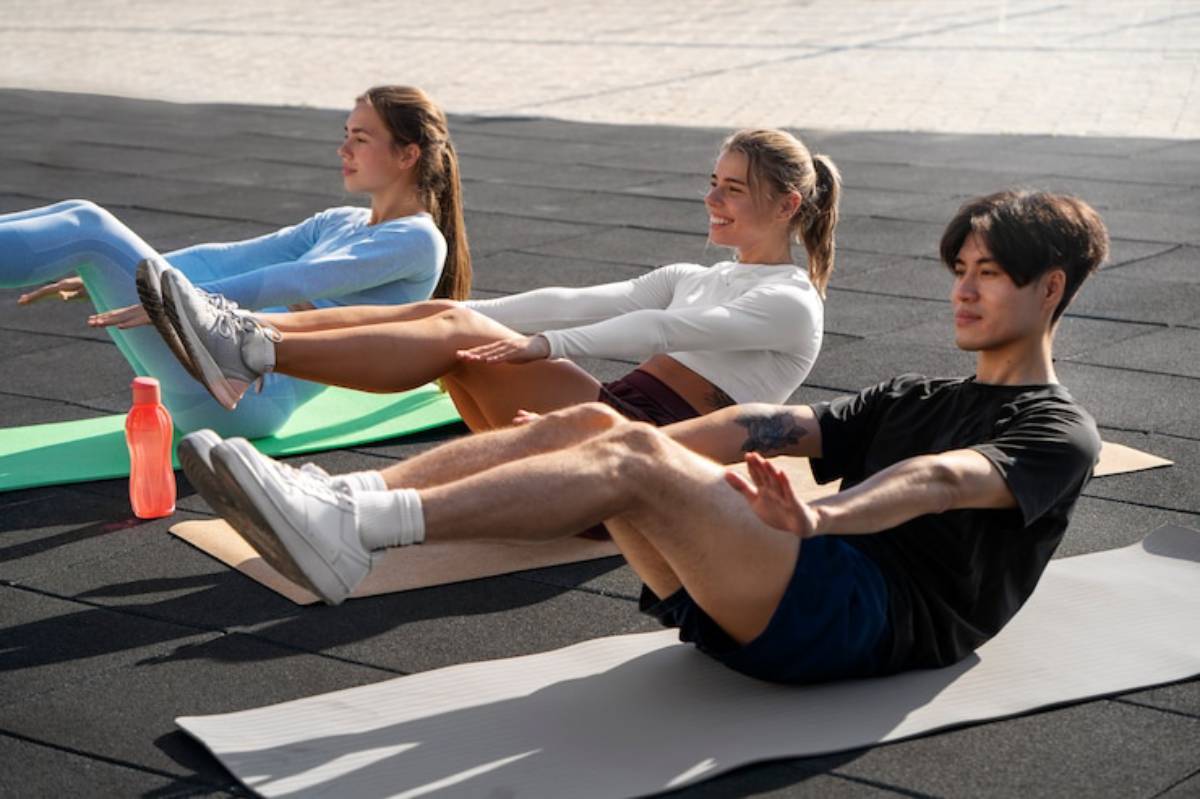
Static bodyweight holds and isometric exercises are great for building strength. They are low-impact and help develop full-body resilience. Strength without motion can boost your training. It helps with better posture, improves performance, and prevents injuries.
Planks and wall sits are simple but tough. They help you connect your mind and muscles. They also boost your endurance and set the stage for dynamic movement.
Ready to unlock your full-body power? Give these static holds a try and experience the benefits for yourself. Have questions or want to share your progress? Drop a comment below. And if you found this guide helpful, why not share it with a friend? Let’s spread the power of strength without motion!
